
 1
1






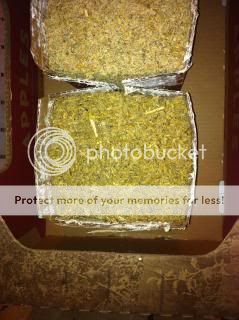
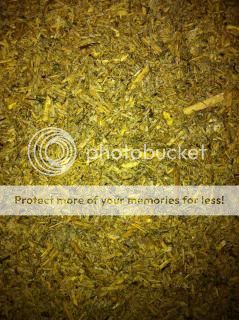
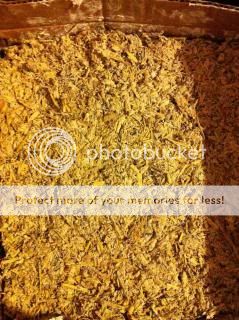





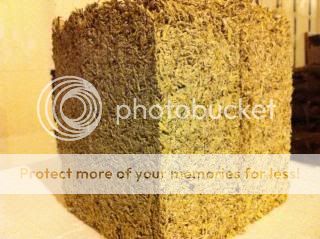
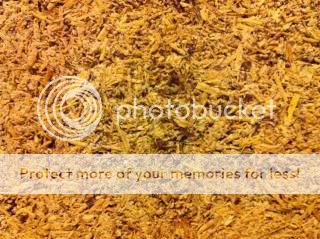
 1
1









 1
1









 1
1





























Need more info?
www.earthenhand.com
Earthen Hand Natural Building
"If everyone makes a difference, the world will be different."




earthenhand wrote:
Very good testing. Thank you.
I believe this technique is called 'isochanvre' in France and goes way back, actually.
Also, I heard of a woman who built a house out of hempstalks she grew on site. She planted them in a circle and waited. She also planted extras. Then she bent them into a dome, tied them together, wove other hurds horizontally, and then plastered the whole thing with lime-crete. Beautiful! Sorry I couldn't find the link for that one. She was in the USA.
Cheers,





Need more info?
www.earthenhand.com
Earthen Hand Natural Building
"If everyone makes a difference, the world will be different."
 1
1




klorinth wrote:
...But in this application the goal is a material that gives insulation as well as mass. For that you need the hurds.
...













wormilicious wrote:
Sorry for asking a dumb question, but where the heck do you get hemp hurds from?
I was thinking about insulating my outdoor worm hopper with mud plaster. Sounds like this would work as well and be more durable, as it's made from lime.








 . I think it's more a case of doping your organic matter with concrete than doping your concrete with organic matter. I would think that keeping it dry would be of the utmost importance however. I hear papercrete molds something fierce.
. I think it's more a case of doping your organic matter with concrete than doping your concrete with organic matter. I would think that keeping it dry would be of the utmost importance however. I hear papercrete molds something fierce.



pubwvj wrote:
I would suggest avoiding putting organic fibers into concrete. If you must, please do long term trials before you build anything serious with it... For your own sake.

























steveowen wrote:
Hello all,
Do you think hempcrete would work in hyperadobe-style tubes? I was thinking post and beam frame with 'cretebag walls. Is it affordable?
Thanks!









|
It is difficult to free fools from the chains they revere - Voltaire. tiny ad:
The new permaculture playing cards kickstarter is now live!
https://www.kickstarter.com/projects/paulwheaton/garden-cards
|




